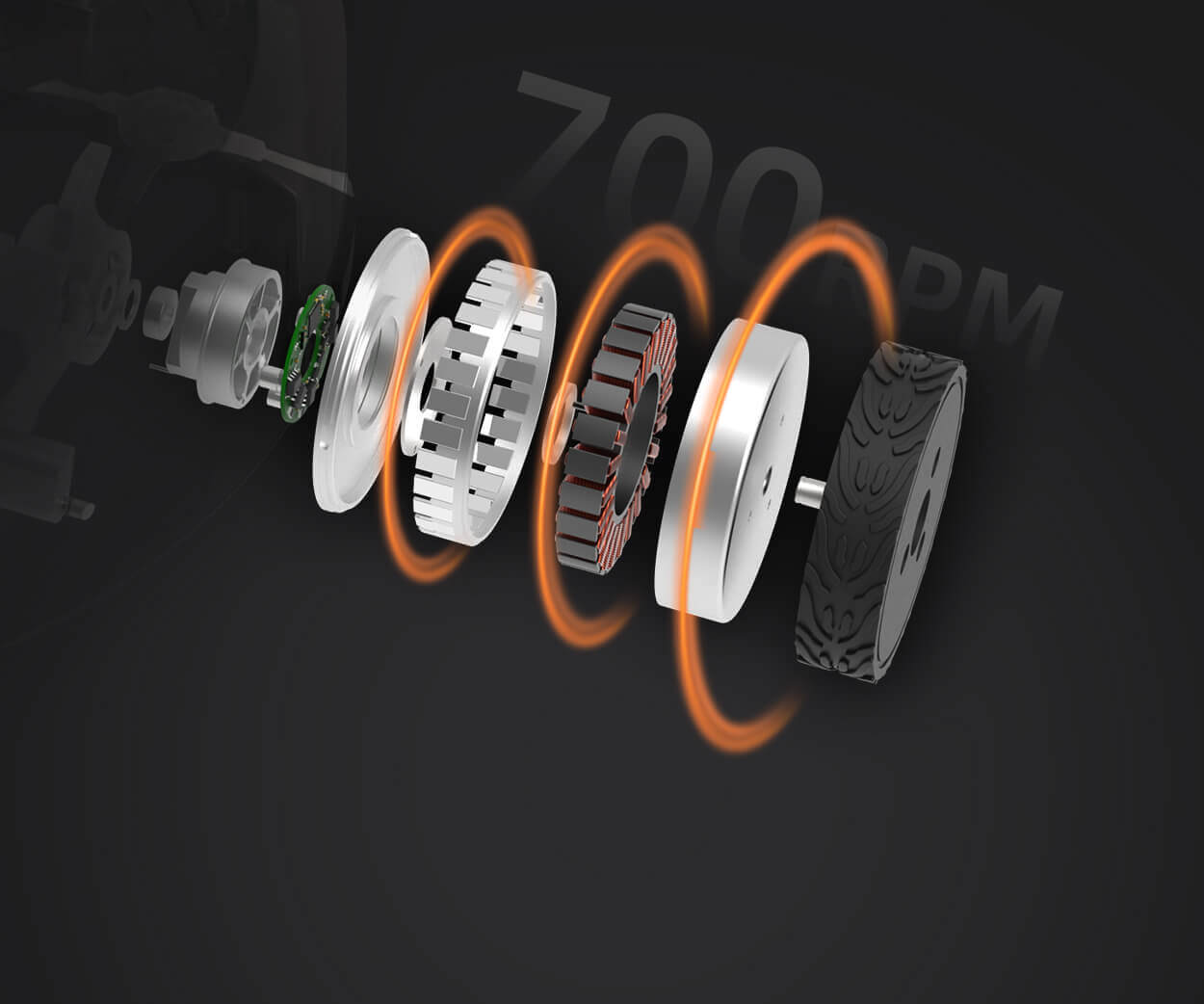Ever looked through a microscope and wondered, “Wow, how do I get the best out of this thing?” It’s not just about zooming in or adjusting the focus. Sometimes, adding an observer can make all the difference — transforming your microscopic experience from blurry confusion into crystal-clear insight. That’s where an observer in microscopy steps in, turning your instrument into a precise tool of discovery.

Imagine browsing through your samples, trying to catch that tiny detail no one else notices. The secret is in understanding how to use an observer effectively. Think of the observer as an extra set of eyes sitting atop your microscope, monitoring the process and offering real-time feedback. It’s like having a coach whispering hints in your ear as you explore the micro-universe.
But wait — how exactly does one make the best use of this tool? The trick is to keep it aligned, calibrated, and integrated seamlessly into your workflow. You don’t just slap it on and hope for the best; you need to adjust it precisely, fine-tune its sensitivity, and set it to monitor key parameters. For example, if you’re examining biological tissues, an observer can help track subtle changes in cell behavior, or alert you when movements occur, so you don’t miss that fleeting moment.
Some might ask, “Is this necessary for routine samples?” Sharp question. Not every single slide needs a high-tech observer, but when you’re dealing with complex samples or detailed analysis, it’s like giving yourself a turbo boost. With an observer in place, the chance of missing critical information drops significantly, and that can be game-changing.
What’s better? A good observer isn’t a black box; it’s a smart addition, capable of recording data, providing insights during live observation, or even alerting you when things go off course. The technology is minimalist but powerful—designed to integrate smoothly with existing microscopes without fuss, yet packed with enough features to elevate your research precision.
Crucial to remember is that understanding the slight nuances—like the observer’s response time, sensitivity settings, and compatibility—is able to make or break your experience. Those details matter. They’re the difference between a blurred mess and a perfectly documented micro-study.
If you’re eyeing a step up in microscopic detail detection — let’s say you’re exploring faster processes or more subtle interactions — investing in a reliable observer is a no-brainer. It’s like upgrading from a bicycle to a sports car: suddenly, everything feels sharper, more accurate, more exciting. Your samples won’t just be observed; they’ll be understood at levels previously out of reach.
So, why leave questions hanging in the shadow of the microscope? Dive into the details, explore the possibilities, and experience how an observer becomes an invisible but vital partner in revealing the hidden universe. Your microscope isn’t just a tool anymore — it’s an extension of your curiosity.
Established in 2005, Kpower has been dedicated to a professional compact motion unit manufacturer, headquartered in Dongguan, Guangdong Province, China. Leveraging innovations in modular drive technology, Kpower integrates high-performance motors, precision reducers, and multi-protocol control systems to provide efficient and customized smart drive system solutions. Kpower has delivered professional drive system solutions to over 500 enterprise clients globally with products covering various fields such as Smart Home Systems, Automatic Electronics, Robotics, Precision Agriculture, Drones, and Industrial Automation.




































